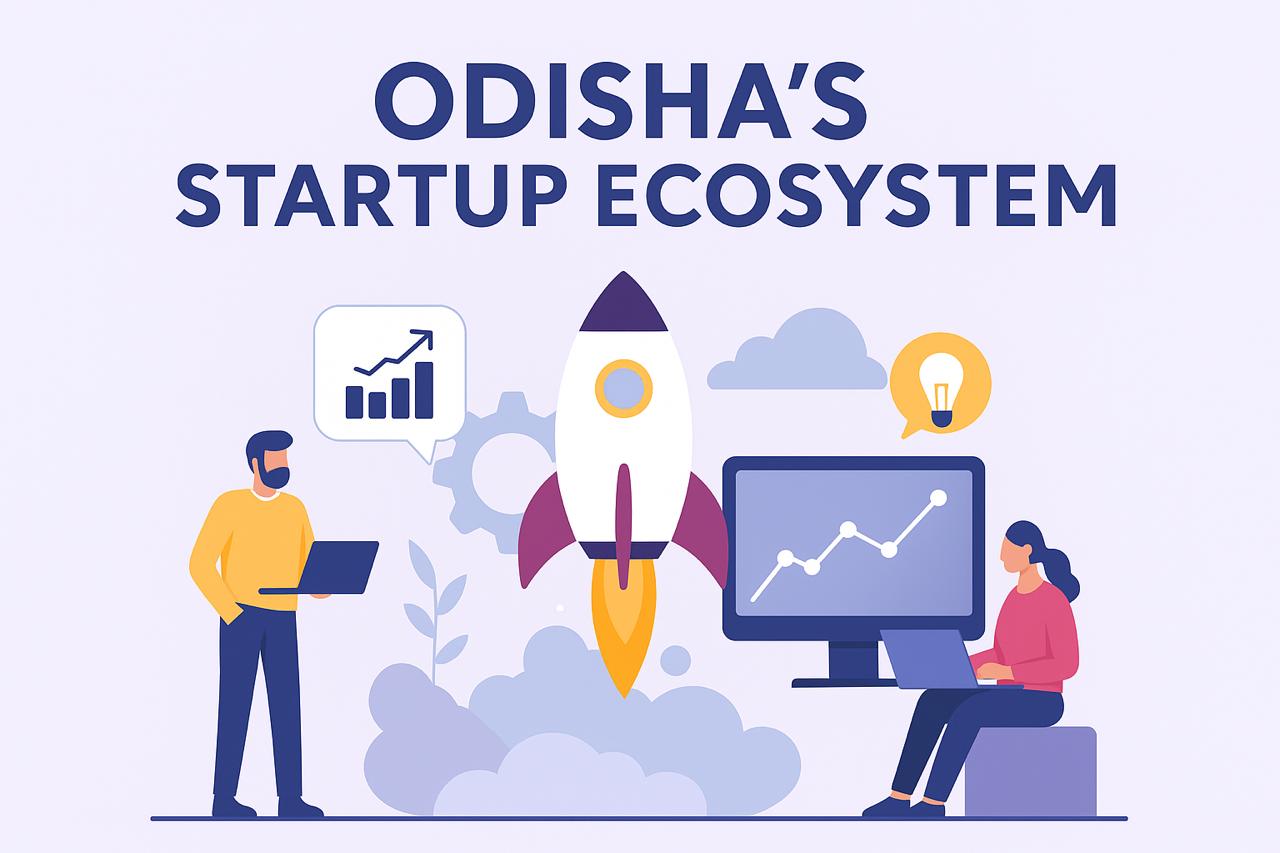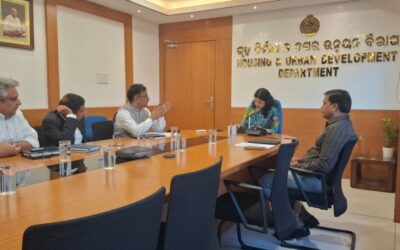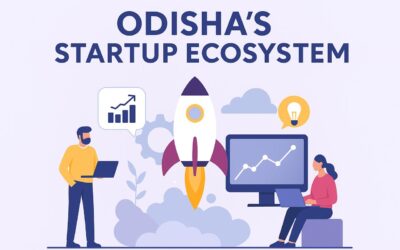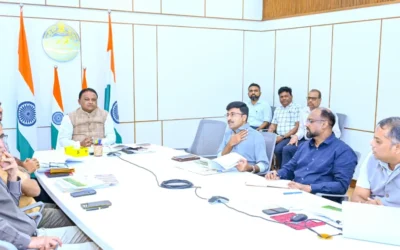Odisha’s Startup Ecosystem: From Grassroots to Growth Engine

Over the past decade, Odisha has been steadily transforming its economic identity — shifting from a resource-based, traditional state to one that increasingly values innovation, technology, and entrepreneurship. What once was a peripheral player in India’s startup map is now emerging as a serious contender in the eastern region, backed by supportive policies, institutional mechanisms, and a growing roster of success stories.
Policy Backbone & Institutional Architecture
At the core of Odisha’s startup push is the Startup Odisha initiative, managed by the state’s MSME Department. This platform implements the state’s “Fund of Funds” scheme, channeling support into early- and growth-stage ventures. The original Startup Policy of 2016 laid out a multi-pronged strategy: seed grants, reimbursements (covering patenting, marketing, travel), tax and VAT exemptions, and infrastructure support. Over time, the framework has grown bolder in ambition, with the state explicitly targeting to nurture 5,000 startups by 2025.
To manage capital deployment, Odisha launched the Odisha Startup Growth Fund (OSGF), structured as a “fund of funds” rather than a direct investor — it commits capital to alternate investment funds (AIFs) which in turn back startups. This approach helps diversify risk and attract professional fund management. Odisha’s ascent in national rankings as a “top performer” is widely attributed to this institutional coherence and measured execution.
Incubation and capacity building are anchored in O-HUB (Odisha Startup Incubation Centre) in Bhubaneswar, which offers workspace, mentorship and networking. The state also promotes coordinated ecosystem growth through programmes such as X-Change, which encourage sharing of best practices and collaboration among incubators.
To extend reach beyond core cities, regional outreach programmes like SPARKS have been organized (for example at NIST University), bringing entrepreneurship exposure to student and local communities in smaller towns. In 2025, Odisha also hosted Purvodaya Start-up Sangam in Jajpur — a high-profile event aimed at strengthening stakeholder connections in the region.
In state leadership statements, the momentum is clear: Odisha’s Chief Minister has publicly positioned the state as a “preferred destination for global capability centres” and highlighted Odisha’s evolving embrace of AI, semiconductor strategy, FinTech and emerging-tech investments.
Success Stories & Sectoral Promise
The strength of any startup ecosystem lies in its success stories — and Odisha is delivering on that front.
One of the landmark deals came in early 2025, when Milk Mantra, a dairy-tech startup born in Odisha, was acquired by HatsunAgro for ₹233 crore. This deal underscored the fact that Odisha-born companies can scale beyond regional boundaries and attract large acquirers.
In healthcare, CureBay (based in Bhubaneswar) made waves by securing USD 21 million in Series B funding from Bertelsmann India and British International Investment — a strong signal that Odisha’s health-tech startups can compete nationally. (This was noted in earlier versions of coverage of the Odisha startup scene.)
In the drone / aviation space, BonV Aero managed to break into the U.S. defense sector through a collaboration under the I2A Launchpad programme — a rare feat for an Odisha startup. In mobility, EeVe is growing as an electric scooter manufacturer anchored in Odisha, while Elementoz Research is pushing sustainable biotech solutions by converting organic waste into protein-rich animal feed and biofertilizers.
These diverse verticals — agritech, clean energy, biotech, health, mobility — track well with Odisha’s natural strengths (agricultural base, coastal resources, research institutions). With such roots, startups in Odisha are uniquely positioned to build domain relevance.
Recent Capital Inflows & Strategic Investments
In mid-2025, Odisha saw a fresh wave of central support: seven Odisha startups secured ₹35 crore in funding under the Government of India’s Fund of Funds for Startups (FFS) scheme, via alternate investment funds. The investments flowed into startups from Cuttack, Khordha, Rourkela, Ganjam and elsewhere — signaling a wider geographic diffusion of entrepreneurial activity.
Beyond the startup space, large-scale industrial investments are also reinforcing Odisha’s “startup-friendly” image. For example, Saatvik Green Energy announced a ₹3,150 crore capital expenditure plan to establish integrated solar cell and module manufacturing facilities in Odisha — aiming for multi-gigawatt capacity. These kinds of anchor investments help build supply chain infrastructure and downstream opportunities for cleantech and energy tech ventures.
Further, the Union Cabinet recently approved four semiconductor manufacturing units, two of which will be located in Odisha — a move aligned with the India Semiconductor Mission to build domestic capabilities in critical electronics. This is expected to unlock further entrepreneurial and technology spin-offs in the state.
Challenges & Strategic Imperatives
The progress is promising, yet Odisha’s startup journey still faces several structural and operational challenges.
One major bottleneck is access to risk capital. While Odisha is improving in national rankings, the density of venture funding (especially in early-to-mid stages) remains lower compared to metro startup hubs. Many investors still gravitate toward Bengaluru, NCR, or Mumbai.
Another challenge is talent attraction and retention. Young professionals and founders often migrate to cities perceived as more dynamic, with greater exposure and connectivity. For Odisha to keep its innovators, it must improve living standards, research infrastructure, and career pathways locally.
Scaling beyond the state borders is a hurdle for many startups. Market access, regulatory navigation, and logistics often pose heavier friction than product development. Strengthening national and global partnerships, market linkages, and export orientation is essential.
Visibility, networking and community building remain uneven. Odisha has fewer marquee startup conferences, rare investor meetups, and fewer pathways for founders to build cross-state or international links. Ongoing ecosystem events like Purvodaya or regional outreach programmes are a step in the right direction, but must become more regular and inclusive.
Lastly, many startups struggle with operational challenges — scaling processes, talent management, legal/regulatory compliance and achieving product–market fit — which is common in nascent ecosystems.
To overcome these, Odisha may prioritize:
- Enhancing venture capital density, by incentivizing angel, seed and sector-specific funds to operate in Odisha.
- Encouraging reverse migration — by offering incentives (grants, subsidies, research fellowships) for startups to base themselves in Odisha rather than relocate to metros.
- Strengthening incubator and accelerator networks, especially in tier-II/III cities, to build local capacity.
- Building platforms for networking, investor connect, events and demo-days to increase exposure.
- Deepening industry–academia collaboration and research commercialization, leveraging state universities, NITs, IITs and local labs.
- Focusing on “adjacent advantage” sectors — marine biotech (given Odisha’s coastline), agri inputs, renewable energy, coastal innovation — where Odisha has natural strengths and existing resources.
A Transformation in Motion
Odisha’s evolution from a traditionally resource-centric state to an innovation-driven startup player is far from complete. But the machinery is firmly in motion. Policy support is aligning, institutional scaffolding is strengthening, capital is beginning to flow, and success stories are proving what is possible. If Odisha can continue to refine its ecosystem, build its investor base, and retain its talent, it may well emerge as India’s next startup hub.








